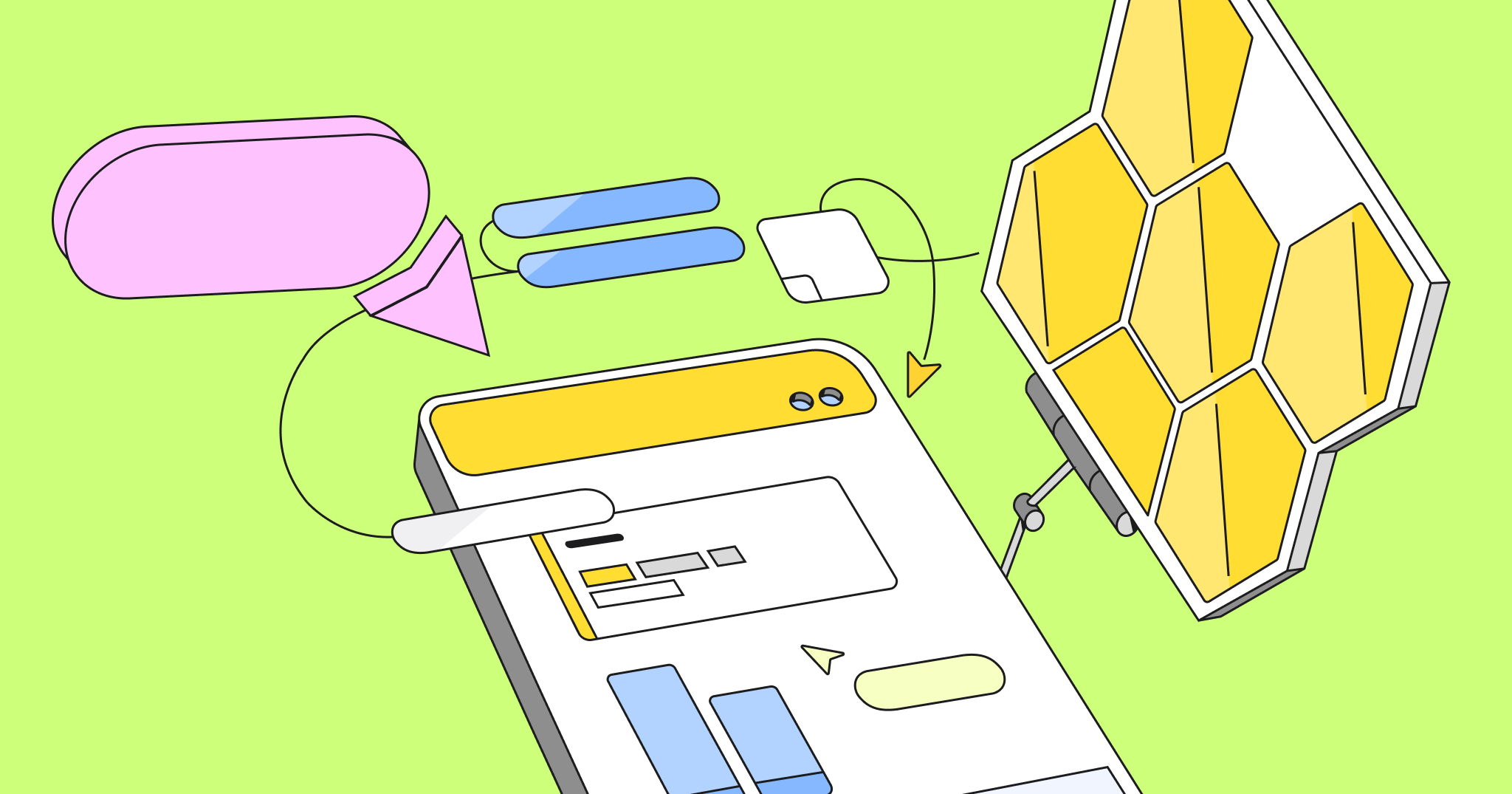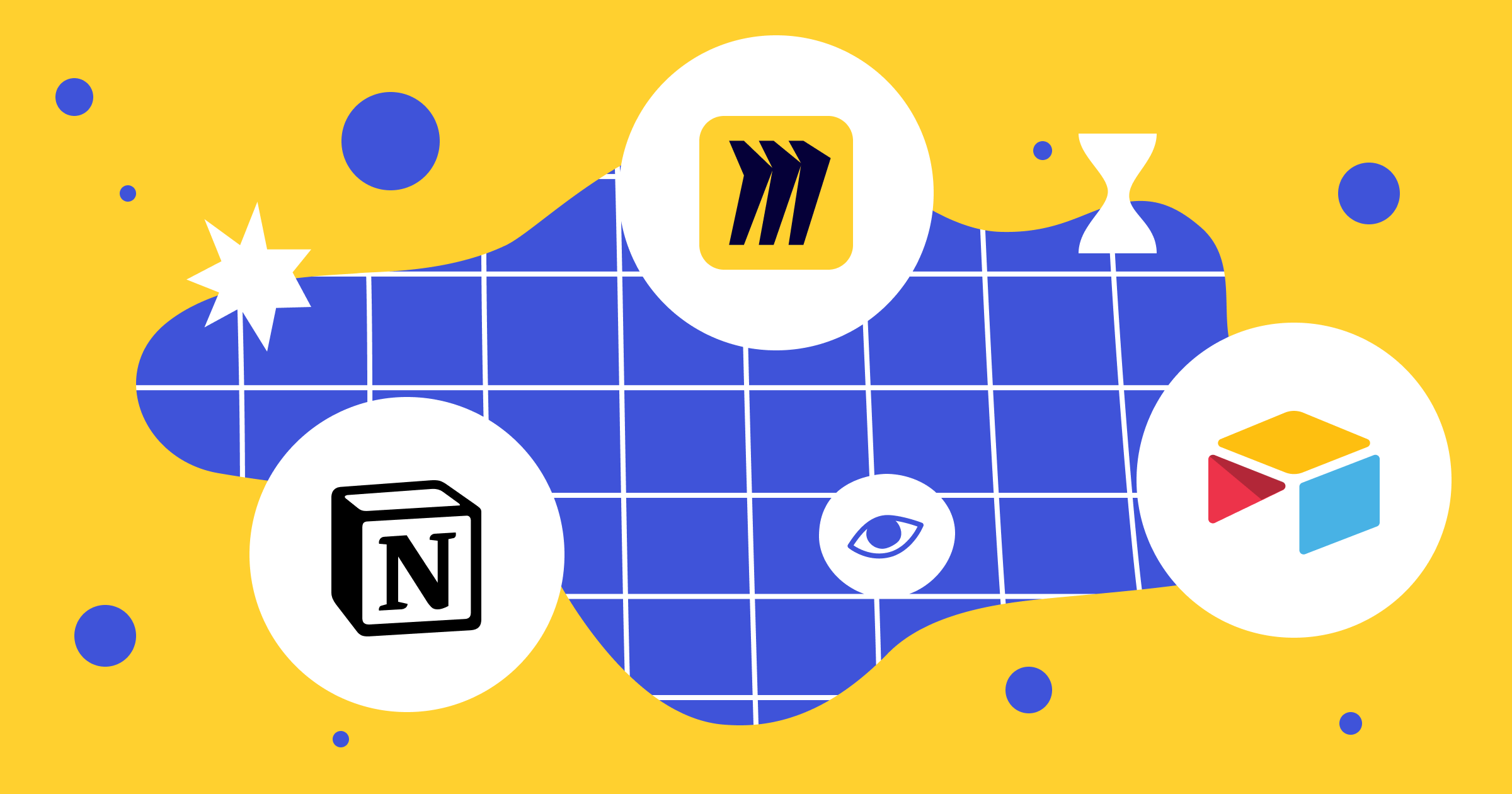Most of us are familiar with business models, which are a company’s plan for making a profit. A typical business model identifies the products or services that the company intends to sell, the target market, and any possible expenses.
Since a business model is so high-level, it can be hard to visualize how it might work in practice. It can be even harder to connect an organization’s everyday roles, responsibilities, projects, and functions to the overall business model. That’s where the business model canvas comes in.
This blog will introduce you to the business model canvas, a strategic tool that allows you to visually develop and display your business model. By the end of the blog, you’ll have a deeper understanding of what makes a business model canvas so important and how to create your own.
What is a Business Model Canvas?
The business model canvas was first developed by Alexander Osterwalder in his book Business Model Ontology. Osterwalder broke down the segments that form a basic business model into a one-page canvas.
A business model canvas is a strategic tool that enables you to look systematically at your business model, understand how it works, and keep everyone in your organization aligned. Think of it as a North Star that outlines everything that makes your business tick: key partners and activities, your value proposition, customer relationships and segments, resources, distribution channels, cost structures, and revenue streams.
The Business Model Canvas Explained
Whether you’re at a new business or an established one, a well-thought-out business model is crucial for success. Business models help developing businesses attract investors, recruit talent, onboard new hires, and align employees. They help established businesses stay ahead of trends and anticipate challenges. A good business model can compel investors or partners to work with a company they’re interested in supporting.
The problem, though, is that a business model is a lot to digest. That’s why the business model canvas is such a useful tool.
The business model canvas is a snapshot of all the key components of a business model. It enables you to take those key components and organize them into a format that’s easily digestible. A business model canvas zooms in on a particular product or service to break down how exactly the company expects to derive value from it.
Business Model Canvas or Lean Canvas?
People often use “business model canvas” and “lean business model canvas” interchangeably, but there are a few differences. The business model canvas focuses on a specific product or service that generates revenue. A lean canvas focuses on a specific problem that the organization is looking to solve.
Lean canvases are popular with startups because they enable you to zoom in on a problem, iterate on potential solutions, and move quickly to the next challenge. Whereas the business model canvas defines the infrastructure, costs, and revenue streams that go into running a business, the lean canvas focuses on the channels that enable you to troubleshoot a specific problem. The broader business model canvas pays close attention to customer segments, channels, and relationships, while the lean canvas deemphasizes these elements.
What is Included in a Business Model Canvas?
Although you can adapt the business model canvas to your needs, they generally contain nine core components. Here are the building blocks of a business model canvas.
- Key partners. Every business model canvas lists the partners and suppliers that your business leverages for success. The canvas includes any motivations for the partnerships — i.e. what exactly you get out of them.
- Key activities. The canvas summarizes the activities that your business must undertake in order to support your value proposition. It lists the activities that are most important for distribution channels, customer relationships, and revenue streams.
- Value proposition. The value proposition is the core value you aim to deliver to your customer. Think of it as two key components: the need you are serving for your customer, and how that’s different from what your competitors are doing.
- Customer relationships. These include any relationships you have with customers, including how you interact with them, how interactions differ between customers, what needs your customers have, and how you integrate those needs into your business in terms of cost and format.
- Customer segments. These are the ideal customer personas that your value proposition is designed to benefit. A basic business model canvas outlines the potential differences between segments and steps in the customer journey.
- Distribution channels. The canvas details how you reach customers, provide services, and deliver your value proposition. This portion of the canvas answers crucial questions about your customers, such as: Which channels work best for reaching them? How much do they cost? How can you integrate these channels into your workflows and your customers’ routines?
- Cost structures. A business model canvas identifies the primary costs that go into operating your business and providing services. It shows the relationship between those costs and other business functions, including which resources or activities are the most expensive.
- Key resources. These are the resources that your business uses to operate distribution channels, provide services, maintain customer relationships, and build revenue streams.
- Revenue streams. The canvas describes how your business generates revenue by delivering on your value proposition. How do your customers pay? How much does each revenue stream contribute to your overall revenues? And what are you customers willing or unwilling to pay for?
How to Create a Business Model Canvas
To create a business model canvas, start with your overall business model. At its core, a business model is simply:
- The products and services you plan to sell,
- the expenses you will incur in delivering those products and services, and
- how you expect to make a profit.
Once you have those core components in place, you can break them down even further in your business model canvas. Spell out the partners, activities, resources, and propositions that define your business and allow you to offer your products or services. From there, articulate the relationships you have with your customers, including your customer segments and the channels you use to reach them. Finally, you can spell out the cost structure and revenue streams associated with your business.
Creating Your Own Business Model Canvas
Want to get started on your own business model canvas? Miro’s free template makes it easy to customize and share a business model canvas with your collaborators. Get started today!




